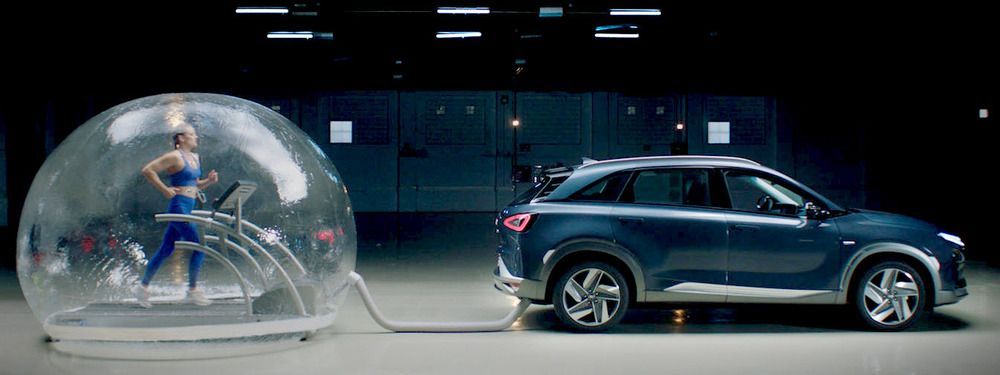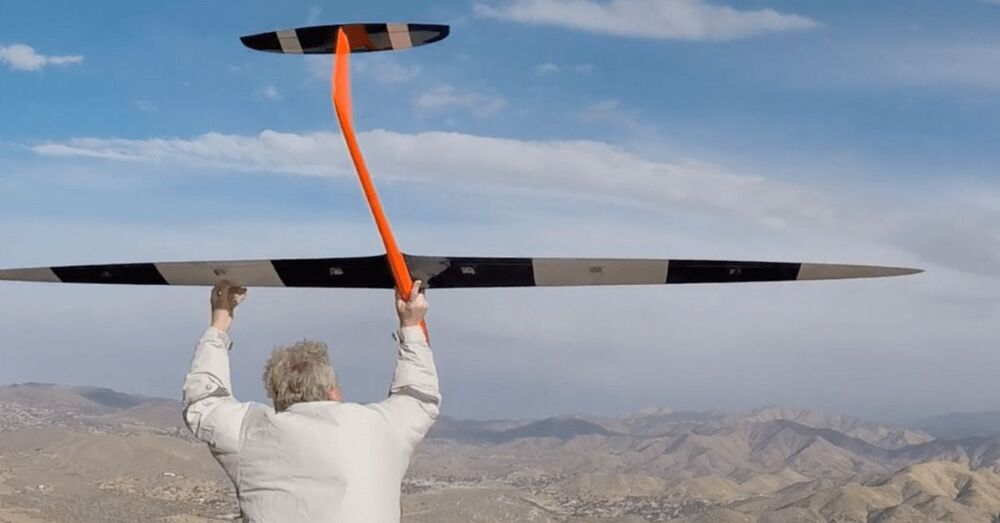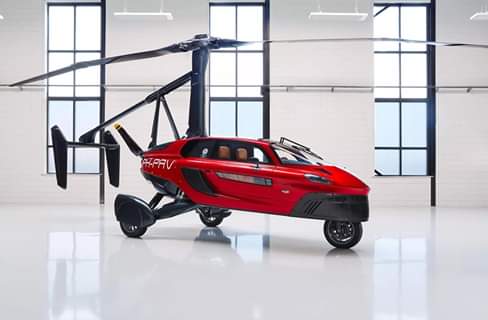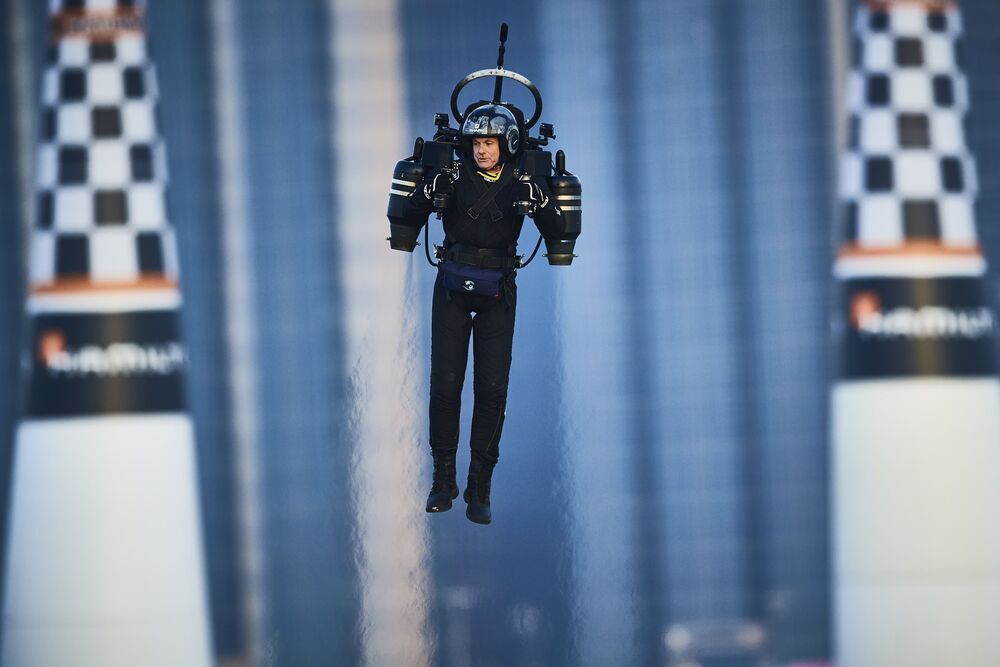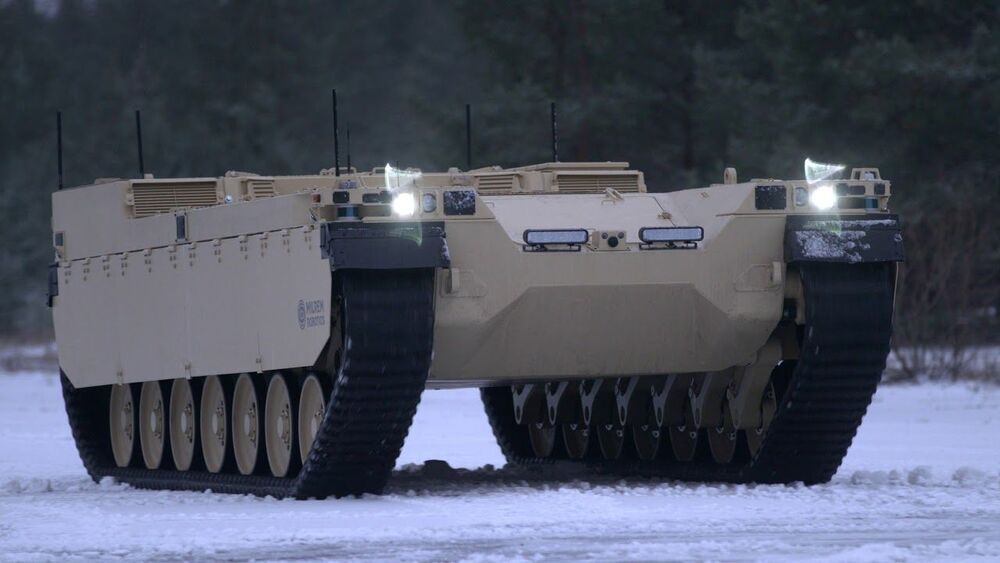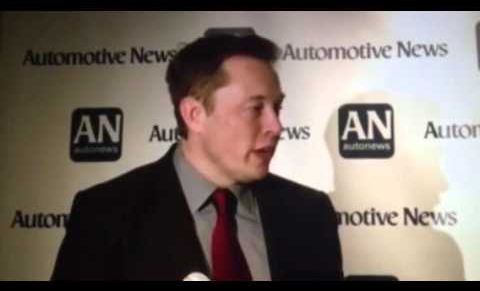
Les chercheurs de l’Université Jiaotong du Sud-Ouest ont dévoilé mercredi, à Chengdu, un nouveau prototype de train à sustentation magnétique, également appelé ‘maglev’ (magnetic levitation). Selon ses concepteurs, l’engin pourra, à terme, rivaliser en vitesse pure avec le transport aérien.
Avec le Transrapid de Shanghai, dont la vitesse maximale est de 430 km/h, la Chine dispose déjà du service commercial ‘maglev’ le plus rapide au monde. Mais avec le nouveau prototype de train dévoilé cette semaine, l’empire du Milieu espère bien disposer, dans un futur proche, d’un moyen de transport qui ira jusqu’à près de deux fois plus vite.
Supraconductivité
Les chercheurs chinois ont en effet développé ce nouvel engin à sustentation magnétique pour atteindre une vitesse de 620 km/h. Mais selon le site du South China Morning Post, ils s’efforçaient même de porter cette vitesse à… 800 km/h. De quoi rivaliser avec la plupart des avions du transport aérien commercial actuellement en service. Si certains problèmes doivent encore être réglés avant que la technologie ne devienne commercialement viable, le chercheurs pensent pouvoir en venir à bout au cours des six années à venir.
